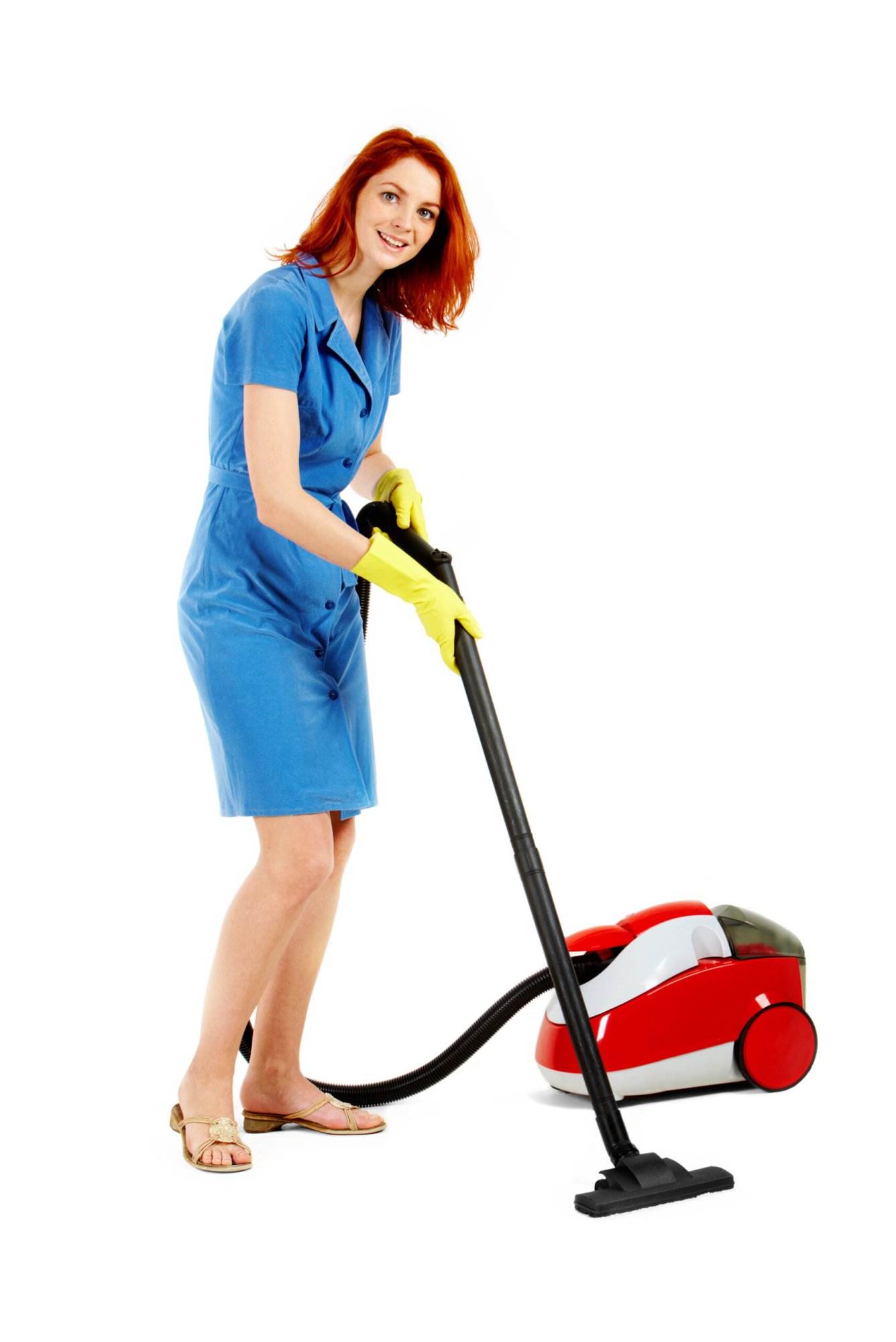Introduction to Accessible Cleaning
Cleaning is an essential part of maintaining a healthy and hygienic environment. However, for people with disabilities, cleaning can be challenging due to physical limitations or accessibility issues. Ensuring that your cleaning practices are inclusive and accessible is crucial to creating a safe space for everyone. In this article, we will discuss the importance of accessible cleaning and how you can create an inclusive cleaning routine while adapting your supplies and tools accordingly.
The Importance of an Inclusive Cleaning Routine
An inclusive cleaning routine should consider the needs of all individuals, including those with disabilities. It involves using appropriate cleaning products, equipment, and techniques that ensure safety and accessibility for everyone. A well-planned cleaning routine also helps prevent accidents and injuries, which can be more significant for people with disabilities. Additionally, having an inclusive cleaning routine promotes independence and reduces the need for assistance from others.
Tips for Creating an Accessible Cleaning Space
Creating an accessible cleaning space requires careful planning and consideration. Here are some tips to help you get started:
1. Identify potential barriers: Conduct a thorough assessment of your cleaning space to identify any potential barriers that may limit accessibility for people with disabilities. This includes steps, narrow doorways, and uneven surfaces.
2. Use non-slip mats: Place non-slip mats in areas where water or other liquids may accumulate to reduce the risk of slips and falls.
3. Provide grab bars: Install grab bars in bathrooms and showers to assist with balance and stability.
4. Adjust heights: Make sure all furniture and appliances are at an appropriate height for ease of use by people who use wheelchairs or have mobility impairments.
5. Use adapted cleaning tools: Adapted cleaning tools such as long-handled dustpans, microfiber cloths, and sponges with built-up handles can make cleaning easier and safer for people with disabilities.
Adapting Your Cleaning Supplies and Tools
Adapting your cleaning supplies and tools is critical to ensuring accessibility in cleaning. Here are some ways to do so:
1. Choose the right cleaning products: Select cleaning products that are fragrance-free, low-odor, and non-toxic to reduce the risk of irritation or allergic reactions.
2. Use color coding: Color code your cleaning supplies and tools to differentiate between them and avoid confusion.
3. Consider grip: Use cleaning tools with built-up handles or grips to make it easier for people with arthritis or limited dexterity to hold onto them.
Conclusion: Making a Difference with Accessible Cleaning
Accessible cleaning is not only important but necessary to create a safe and welcoming environment for everyone. By following these tips and incorporating adapted cleaning supplies and tools, you can promote independence and reduce the risk of injury for people with disabilities. Let’s work together towards making a difference in our communities by ensuring that cleaning practices are inclusive and accessible for all.


